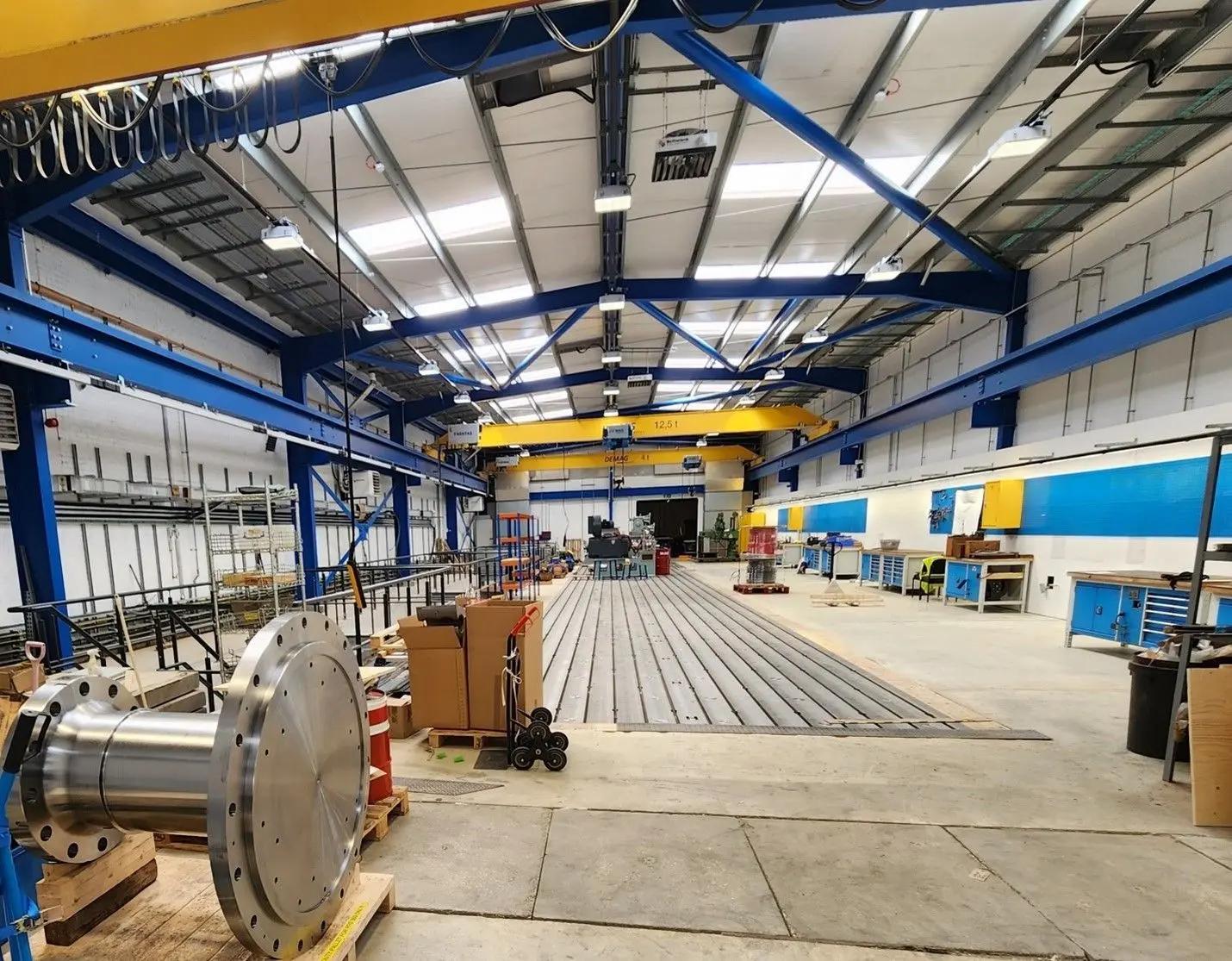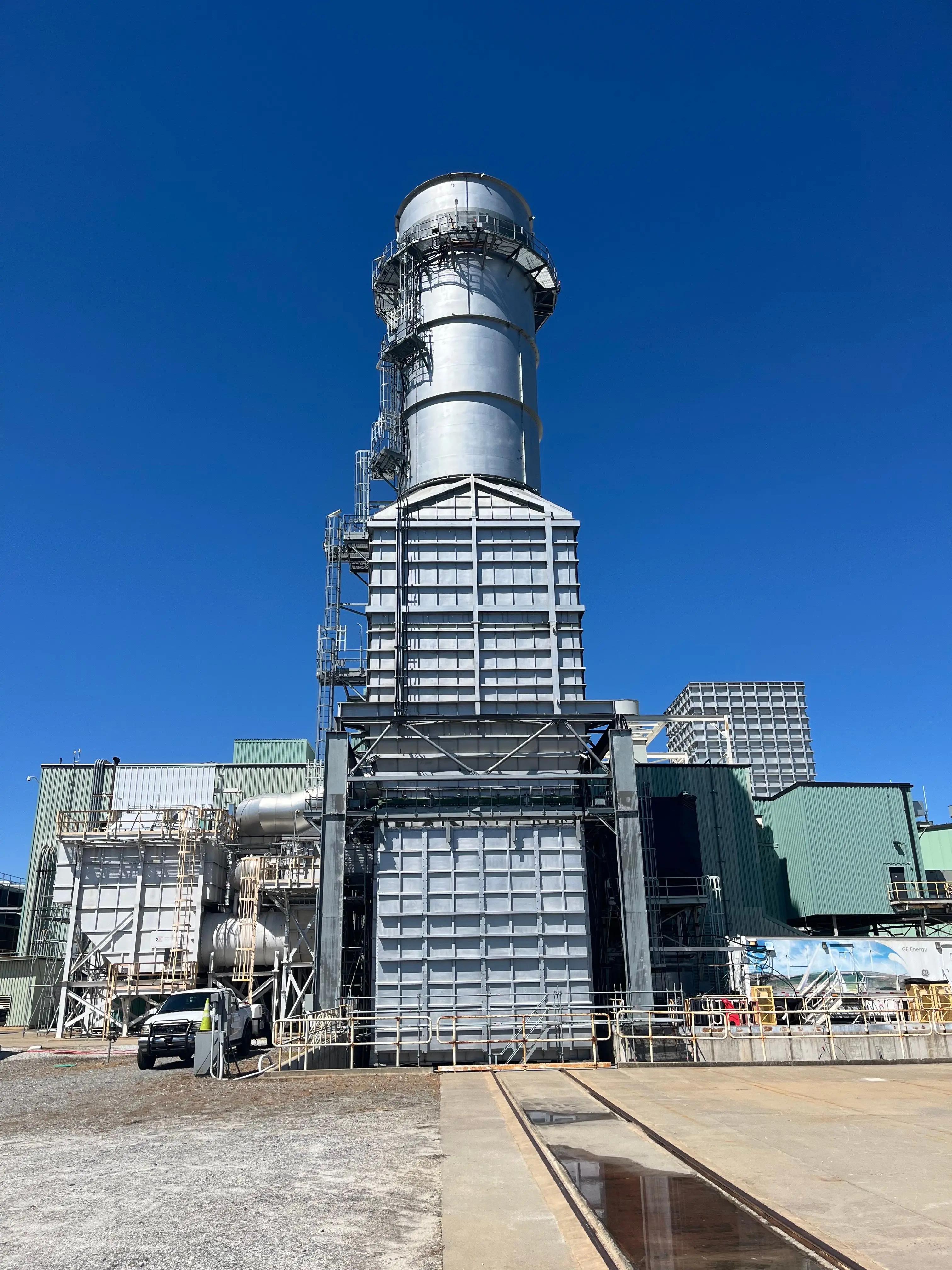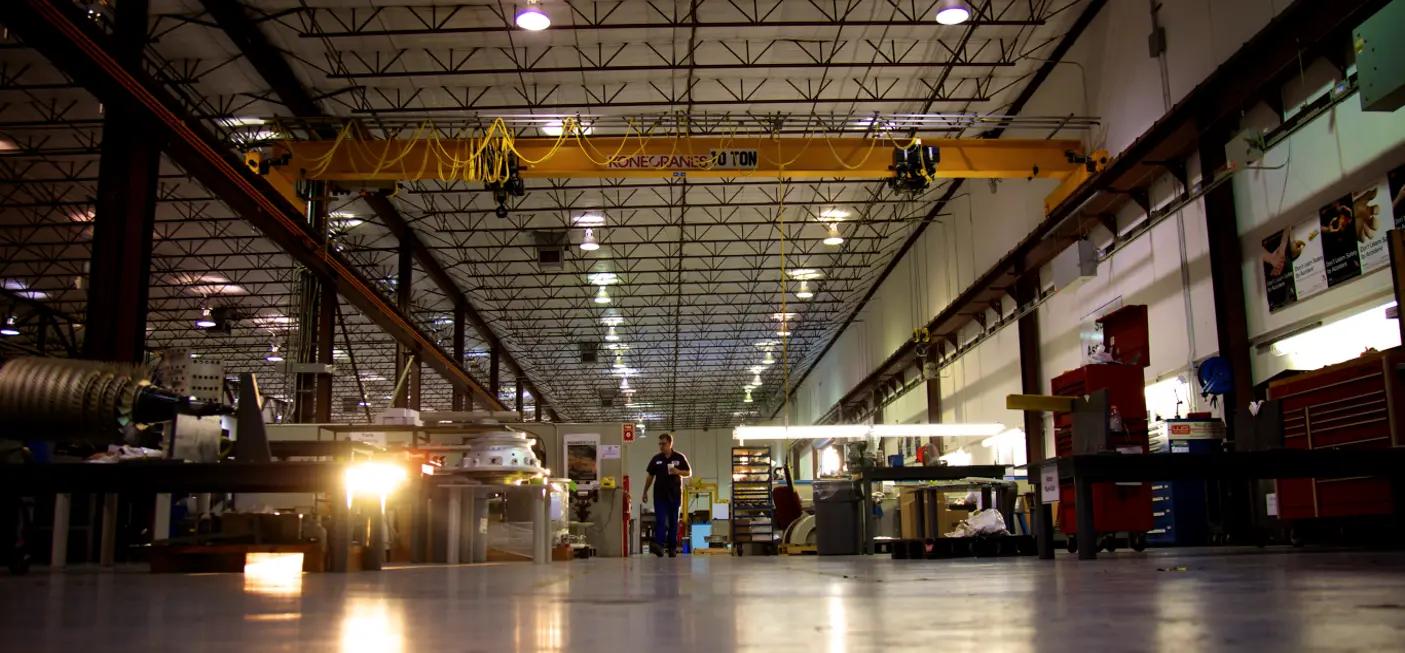Around the Industry: Turbomachinery International’s 2024 Turbo Tour Roundup
This year’s Turbo Tour schedule took us around the country and over the pond, with insights on GE Vernova, EthosEnergy, Mechanical Solutions, and SSS Gears.
Turbo Tours offer inside, ground-level perspectives on companies across the turbomachinery, energy, and oil and gas industries. 2024 presented Turbomachinery International with opportunities to tour cutting-edge facilities, witness advanced computer technologies, and take stock of the latest machinery available to today’s market. With participators from New Jersey to Texas and from South Carolina to London, the turbomachinery industry is innovating on a global scale.
Mechanical Solutions: A Diagnostic and Design Engineering Firm
In February, Turbomachinery International visited Mechanical Solutions, Inc. (MSI) at its headquarters in Whippany, NJ. MSI is an engineering firm that helps OEMs and end users with mechanical, fluid flow, and vibration challenges and is home to a team of 30 employees. In addition to a fully equipped workshop/lab, MSI houses a large-cluster computer system that performs calculations for the company’s analytic software, including Star CCM+, ANSYS, CFturbo, and VibVue.
From its home base, MSI gathers data from onsite testing at a plant, runs it through a suite of software packages, and offers solutions for customers with turbomachinery performance or reliability issues. MSI also has locations in New York with 5,500 square feet of labs, Houston, Kansas, and Pennsylvania.
“Many chronic vibration problems involve resonance of natural frequencies,” said Maki Onari, President of MSI, said. “We use our specialized modal impact testing to identify structural and/or rotor natural frequencies. Along with that, we perform detailed operating deflection shape testing, which provides dynamic motion information on hundreds of points that we animate in 3D. A new technology that provides higher resolution information is our VibVue video camera system.”
Employee conducting testing at MSI's workshop/lab.

The VibVue Motion Magnification Video system, as stated by Onari, is MSI’s latest and greatest technology development, which slows down motion and then magnifies motion up to a thousand times to show pixel-level vibration data to facilitate problem detection. With a detailed image of turbomachinery vibration, MSI diagnoses and solves resonance and other vibration issues, such as coupling misalignment or “soft foot”, quickly and efficiently.
Bill Marscher, Founder and CEO/Senior Consultant of MSI, concluded the tour with a forecast for turbomachinery testing and monitoring: “Sometimes AI will make a mistake in an evaluation of a machine, particularly through false positives, where you could lose millions of dollars a day in production. My opinion is that it’ll be a long time before you rely on a computer to make the tough calls. You still want to have a human in the loop, especially if it’s some kind of weird maintenance problem that AI hasn’t been programmed for or previously encountered.”
SSS Gears in London
The following month, we arrived at SSS Gears’ global headquarters in Sunbury-on-Thames, near London. The company provides sales and application engineering, design, assembly, testing of each clutch, and repairs when needed, while component manufacturing happens at other sites in England. To increase capacity, the factory next door was acquired. Demolition and rebuilding the previous site—a five-year process—created a modern customized workshop, a high-power test facility, and offices. This facility doubles the manufacturing area to more than 60,000 square feet.
These upgrades were driven by growing global demand for SSS Clutches, which are used across industries like marine propulsion, power generation, synchronous condensing, and dual-drive applications. The facility expansion supports the production of both small and large clutches, with notable improvements in testing capabilities for units as large as 400 MW. SSS Gears now produces one clutch a week for 200 MW+ applications, alongside smaller clutches for projects like Solar Turbines' compressors. The company leverages its expertise and proprietary precision engineering, including the use of advanced coordinate measuring machines, to maintain its position as a leader in clutch technology.
SSS Gears now has a test rig capable of testing clutches up to 400 MW.

SSS Gears is also capitalizing on trends such as synchronous condensing and dual-drive systems. Synchronous condenser applications are becoming vital due to the grid challenges posed by renewable energy adoption, with the SSS Clutch enabling generators to stabilize voltage and inertia without active power production. Dual-drive systems, which allow users to switch between gas turbines and electric motors for compressors, are seeing increased adoption due to environmental, social, and governance pressures and the flexibility they offer in energy management.
In addition to its industrial applications, SSS Gears has a significant presence in the defense sector, supplying clutches to over 50 navies worldwide, including the U.S. Navy. Recent orders include propulsion clutches for the Constellation-Class Frigates, which use a hybrid-electric propulsion system.
GE Vernova’s Gas Turbine Manufacturing Facility
In early spring, we flew down to Greenville, SC, where GE Vernova’s Gas Turbine Manufacturing and Technology Center is headquartered. Built on 413 acres of land with over 1.7 million square feet of manufacturing space and laboratories, the grounds contain a gas turbine technology center, a repair center, combustion manufacturing, an outage simulator, a variety of test stands, and the gas turbine technology, combustion, and static load labs.
The tour began on the manufacturing shop floor, where GE Vernova’s “lean” principles aim to eliminate waste and enhance efficiency. Notable improvements include reducing the average travel distance of parts during production and optimizing assembly processes. The facility also handles maintenance and repair, extending turbine lifespans by up to 80,000 hours through upgrades and rotor repairs.
The tour moved to Test Stand 7, a facility designed for full-speed, full-load validation of gas turbines like the advanced 7HA.03. The test rig simulates real-world grid conditions and supports testing with natural gas or liquid fuels, depending on customer needs. Another highlight was the gas turbine outage simulator, where engineers prototype tools using 3D printing to improve fieldwork efficiency and safety. Digital tools, such as a field procedure app, streamline documentation and communication for onsite teams.
Outside of Test Stand 7.

The Combustion Lab showcased GE Vernova’s work on renewable fuels, particularly hydrogen, to reduce emissions while maintaining performance. Innovations like the dry low NOx technology and micro-mixer fuel nozzles enable turbines to operate on hydrogen-natural gas blends with minimal emissions and high efficiency.
“We designed our micro-mixer fuel nozzle, which consists of a bunch of small tubes that air flows through, into which fuel is injected. These are made with additive manufacturing and produce small jet flames,” said Will York, Technical Leader in Combustion Design. “The advantage now is that the flow goes straight through and it’s aerodynamically clean—you use turbulent diffusion and jet in crossflow mixing and get compact flames. This runs much better on hydrogen without flashback than earlier DLN systems.”
A lean approach is ingrained within every facility, process, and piece of machinery put out by GE Vernova, eliminating waste to accelerate the company’s future growth.
Visit turbomachinerymag.com/videos for video coverage from our onsite tour.
EthosEnergy: Remote Ops, Overhaul, and Field Services
Our final Turbo Tour of the year landed us in Houston—the “Energy Capital of the World” with almost 250,000 workers across 4,700 energy firms. Here, EthosEnergy established its steam and heavy gas turbine repair workshop, light turbines facility, and Performance Center, altogether employing hundreds of Houston residents.
The Performance Center is designed to support EthosEnergy’s operations and maintenance segment. The center operates 24/7, offering real-time remote plant operations, asset monitoring, diagnostics, and engineering support. Using AI and machine learning it detects reliability and performance issues early by creating models of “normal” equipment behavior, enabling quick responses to abnormalities. The center allows operators to control entire plants remotely, reducing the need for onsite staffing, and enhancing safety and cost efficiency. Through advanced diagnostics, alerts are triggered when equipment parameters deviate from normal, with an integrated cloud-based system maintaining historical data for easy access and analysis. While it mainly monitors thermal assets, EthosEnergy is working toward supporting renewable energy systems like wind and solar.
The light turbines facility focuses on overhauling and testing Solar Turbines’ engines and compressors, including models like Mars, Taurus, Centaur, and Saturn. The workshop is organized for streamlined processes to minimize downtime for customers. Key steps include:
- Disassembly and Inspection: Engines are stripped down, and parts undergo fluorescent crack detection to identify damage. Unsalvageable parts are replaced.
- Repair: Damaged parts are cleaned, repaired, and prepared for assembly.
- Reassembly and Balancing: Engines are rebuilt and prepared for testing.
Employee walking the light turbines shop floor.

The test cell features a control room and three test bays, simulating operational loads for turbines. “Almost every piece of equipment in the facility can be controlled by clicking buttons on a screen,” said Philip Booth, Engineering Manager. “The engine starts with a single button, and the control system takes it through start sequencing and acceleration. When loading, we tell the dynamometer a specific load, hit a button, and it’ll load itself. Rather than having the operator dancing around, we just have him monitoring the system for a supervisory overview.”
Looking ahead, EthosEnergy aims to expand its services beyond power generation, targeting industries like LNG and oil and gas. As Performance Center Director, Daniel Tegtmeier, put it, “Remote operations are how you make intermittent assets viable in a renewable-driven market.”
Check out more from our EthosEnergy tour at turbomachinerymag.com/videos.